
A chantar Trobairitz Beatriz De Dia Live YouTube
Comtessa de Dia (Countess of [1] (fl. c. 1175 or c. 1212), was a (female troubadour). She is only known as the comtessa de Dia in contemporary documents, but was most likely the daughter of Count Isoard II of (a town northeast of Montelimar now known as in southern France).
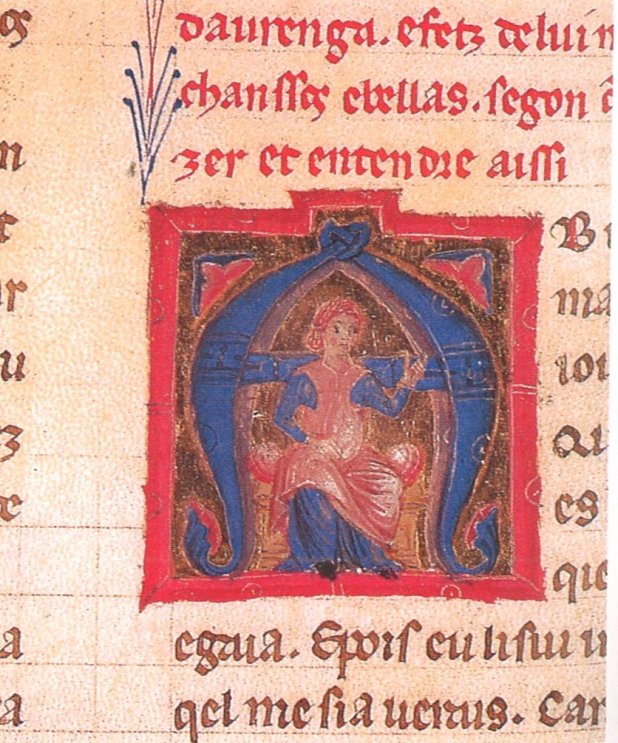
Beatriu comtessa de Dia Femení i Singulars
Introduction. The Comtessa de Dia , probably named Beatritz or Beatriz (fl. c. 1175), was a trobairitz (female troubadour). She is only known as the comtessa de Dia in contemporary documents, but was almost certainly named Beatriz and likely the daughter of Count Isoard II of Diá (a town northeast of Montelimar in southern France).
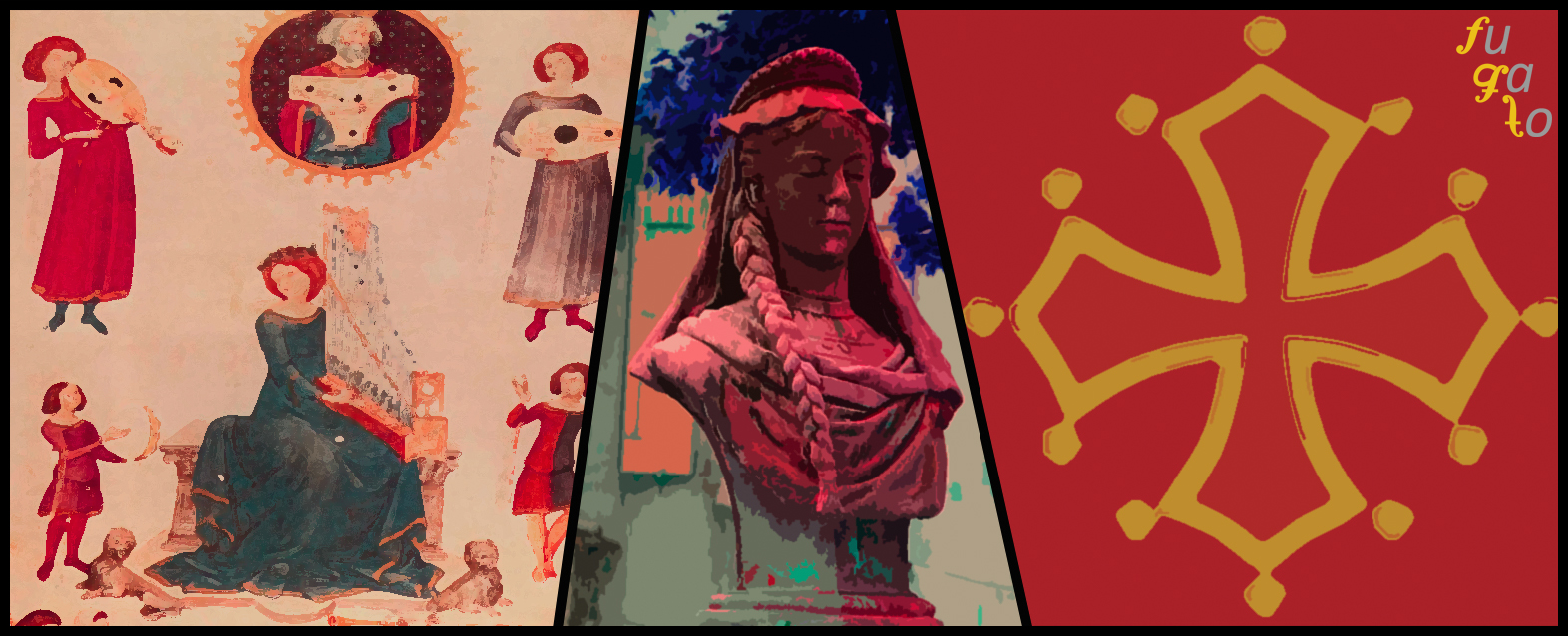
Condesa de Día, trobairitz de noche Fugato
de Dia, Beatrice (c. 1160-1212)French troubadour. Name variations: Contessa Beatrice de Dia. Born around 1160, lived in Provence; died in 1212; may have married William of Poitiers, count of Valentinois. Source for information on de Dia, Beatrice (c. 1160-1212): Women in World History: A Biographical Encyclopedia dictionary.
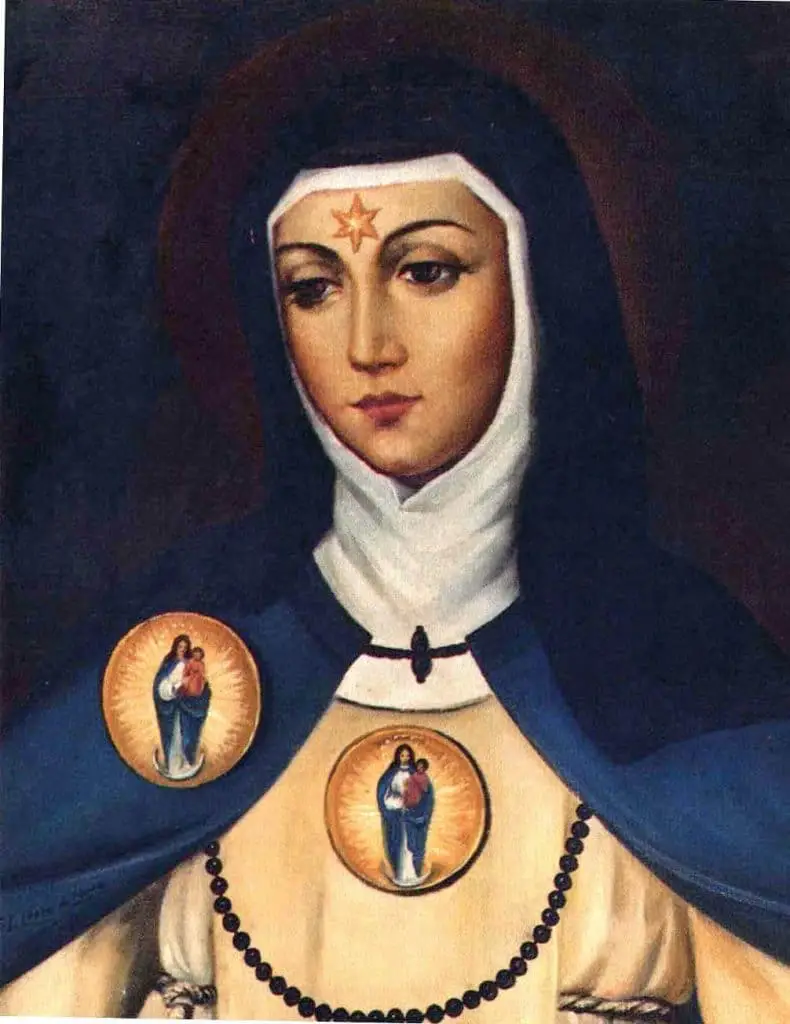
Santa Beatriz de Silva. Santa del 16 de Agosto.
Beatriz, Comtessa de Dia, lived a life which remains fascinatingly mysterious to us, even today. We know her musical compositions in her native France were popular enough with her audiences, that they were included in the Chansonnier du Roi, a medieval collection of songs.

Les pioneres (in)visibles del valencianisme El Temps
Beatritz or Beatriz de Dia (born c. 1140 - flourished circa 1175, Provence) was the most famous of a small group of trobairitz, or female troubadours who wrote courtly songs of love during the twelfth and thirteenth centuries.She is only known as the Comtessa de Dia ("Countess of Diá") in contemporary documents, but was almost certainly named Beatriz and likely the daughter of Count Isoard II.

The Monstrous Regiment of Women The Trobairitz Sing of Love
Music and lyrics by Beatriz de Dia,(born c. 1140 - flourished circa 1175, Provence),was the most famous of a small group of trobairitz, or female troubadours.
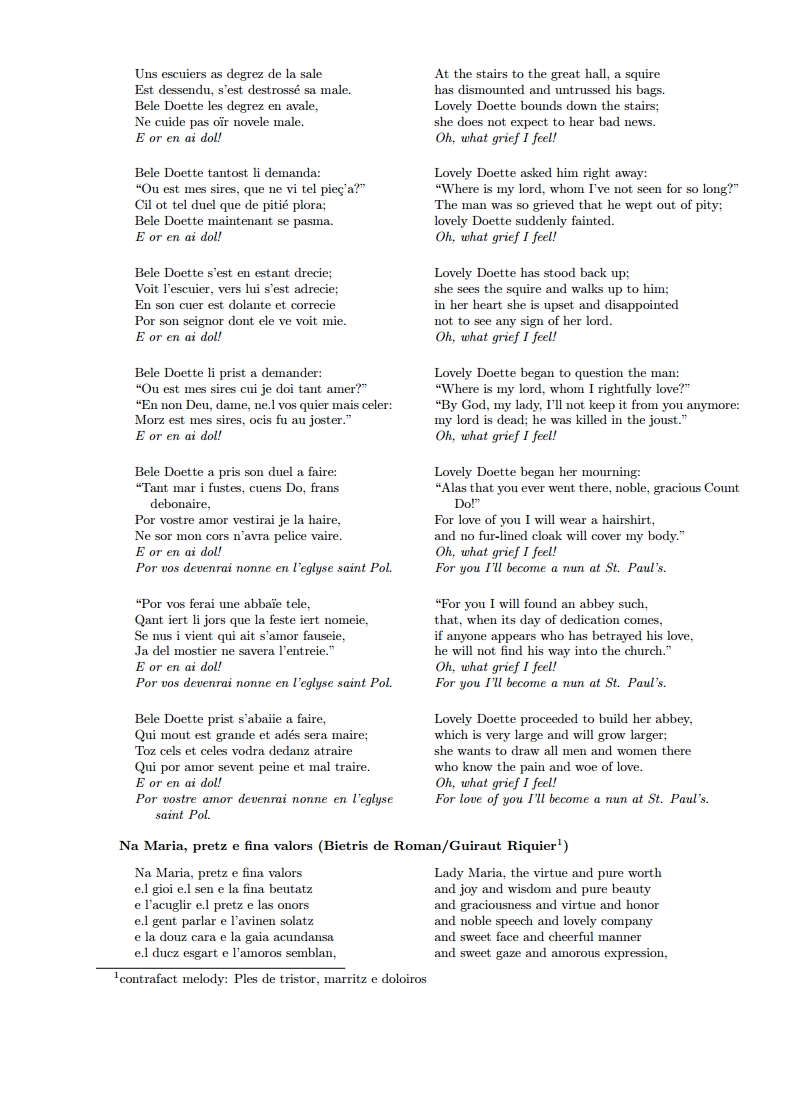
099) 백작부인 베아트리츠 드 디아 Beatritz de Dia, c. 1140c. 1200, 중세시대 프랑스 옥시타니아(Occitan; 프로방스)의
Beatriz de Dia (aka Comtessa de Dia) A troubadour of the late 12th century Beatriz was probably the wife of William II of Poitiers. "A chantar m'er de so qu'en no volria" is a poem attributed to her that has survived and is complete with…. Read Full Biography. STREAM OR BUY:

Contribuição de Beatriu Cardona para o Fórum Mundial de Educação YouTube
La trovadora, Beatriz de Día (1140-1175) Cuando en los siglos XI y XII surgieron en Francia las conocidas como cortes de amor y los famosos trovadores deleitaron a su público con cantos al amor cortés, un grupo reducido de mujeres quiso seguir los pasos de aquellos poetas y escribir sus propios versos.

a poster with three women and the words, feliz dia enfermentoos
Русский Svenska Українська Eines Obtén una URL abreujada De la Viquipèdia, l'enciclopèdia lliure Beatriu de Dia Miniatura retrat de la comtessa de Dia: BnF ms. 12473, fol. 126v; cançoner K c. 1140 Montelaimar, a prop de c. 1212 (71/72 anys) Provença trobairitz , escriptora , poetessa , compositora

an illustration of a man and woman sitting on a bench with flowers in the background
The end of the Christmas season will bring another day of celebration for many Austin residents. Jan. 6 marks Día de los Reyes Magos, or Three Kings Day, a celebration that arrives in conjunction.
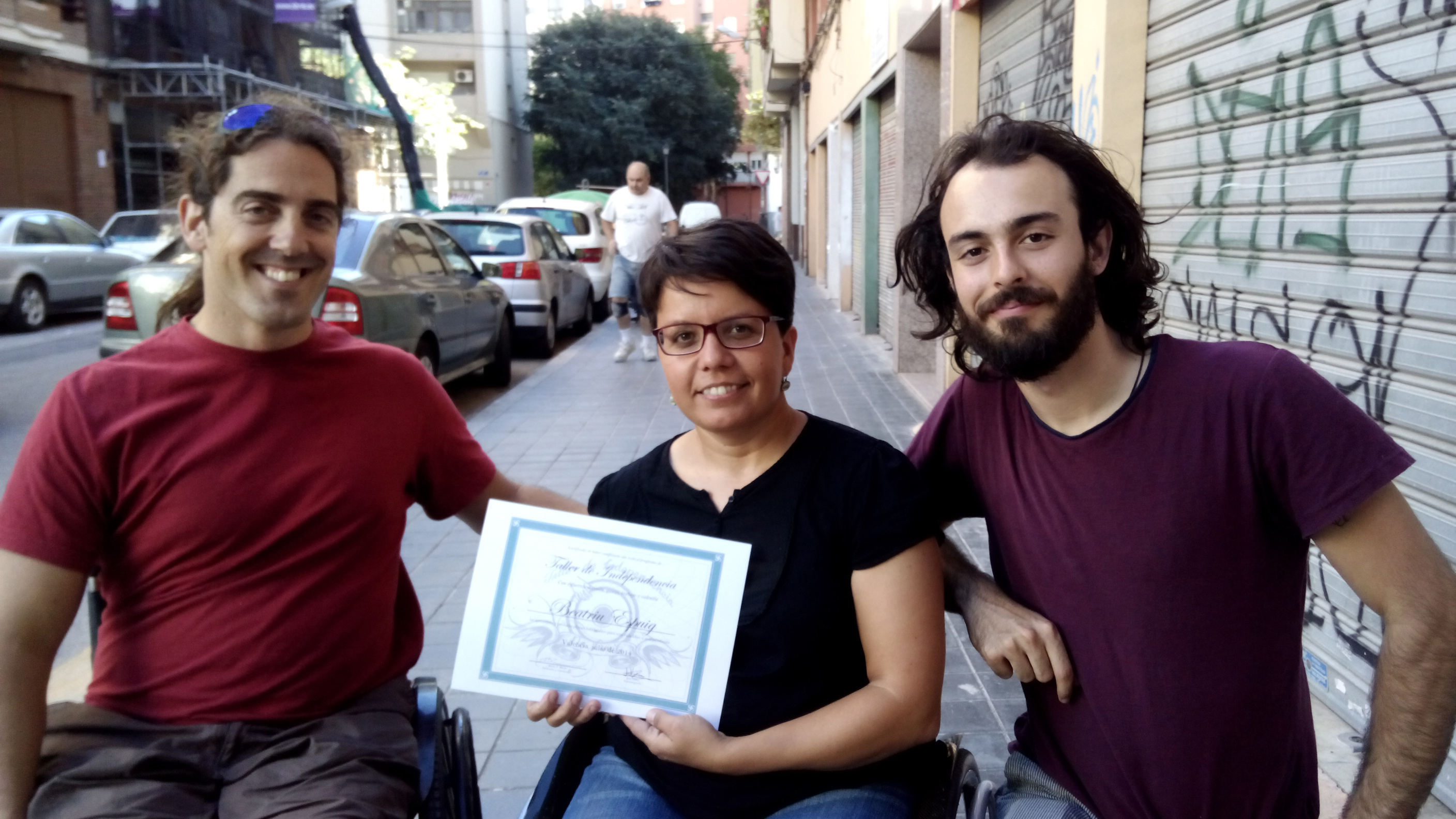
Beatriu, de Valencia Taller de Independencia
Beatriz de Día, trovadora de la lírica femenina en el siglo XII francés Por Pilar Úcar Ventura miércoles 15 de diciembre de 2021, 08:21h La condesa de Día forma parte de las trovadoras, trobairitz, plasmando en su obra unas bellísimas (y muy atrevidas) composiciones amorosas.
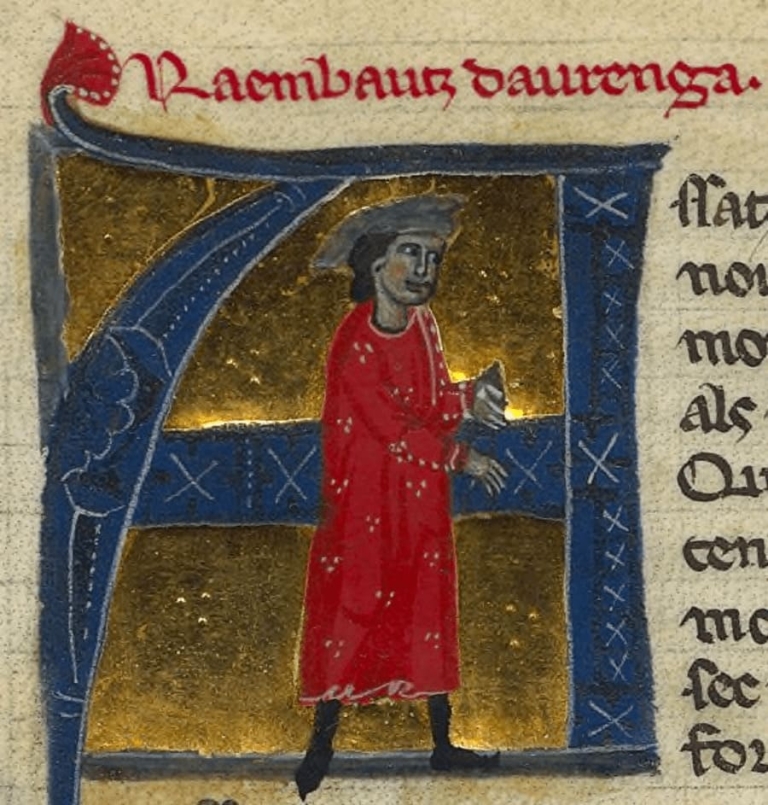
El legado de Beatriz, la comtessa de Dia compositora de la Edad Media
Beatriz de Dia, la comtessa de Dia, die „Gräfin von Die ", ist die bekannteste Trobairitz - so bezeichnet das Altokzitanische einen weiblichen Trobador . Sie lebte im Hochmittelalter, im späten 12. Jahrhundert, in der Dauphiné, im heutigen Département Drôme. Die namengebende Stadt „ Die " hieß zur Römerzeit „Dea" Augusta.
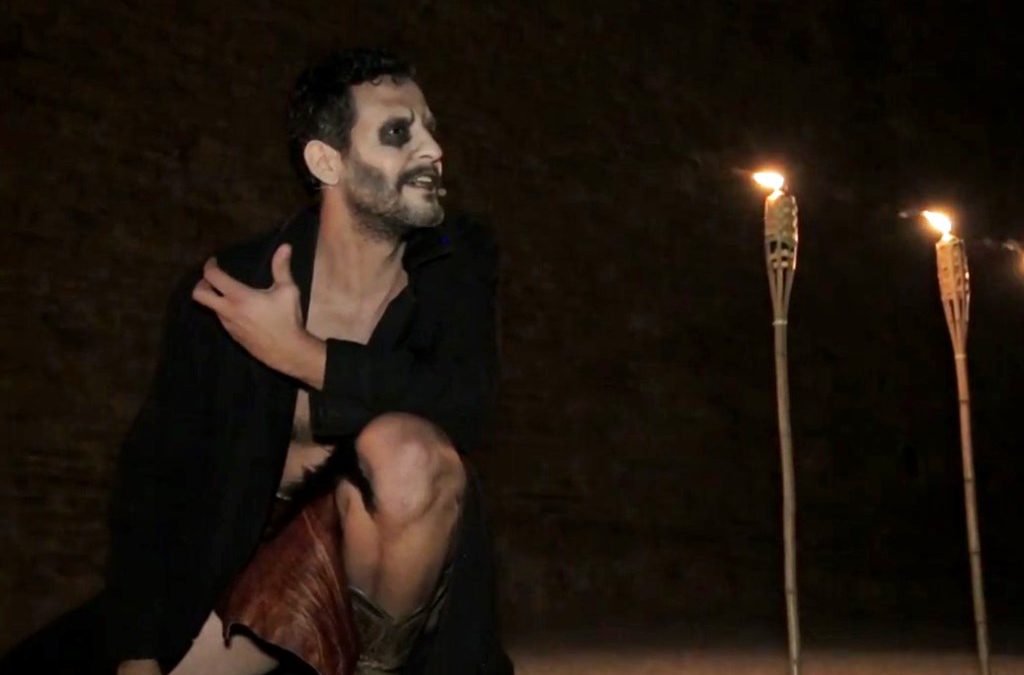
Beatriu i el portal maligne Paula Colobrans
The Comtessa de Dia, probably named Beatritz or Beatriz (fl. c. 1175), was a trobairitz (female troubadour). She is only known as the comtessa de Dia in contemporary documents, but was almost certainly named Beatriz and likely the daughter of Count Isoard II of Diá (a town northeast of Montelimar in southern France).
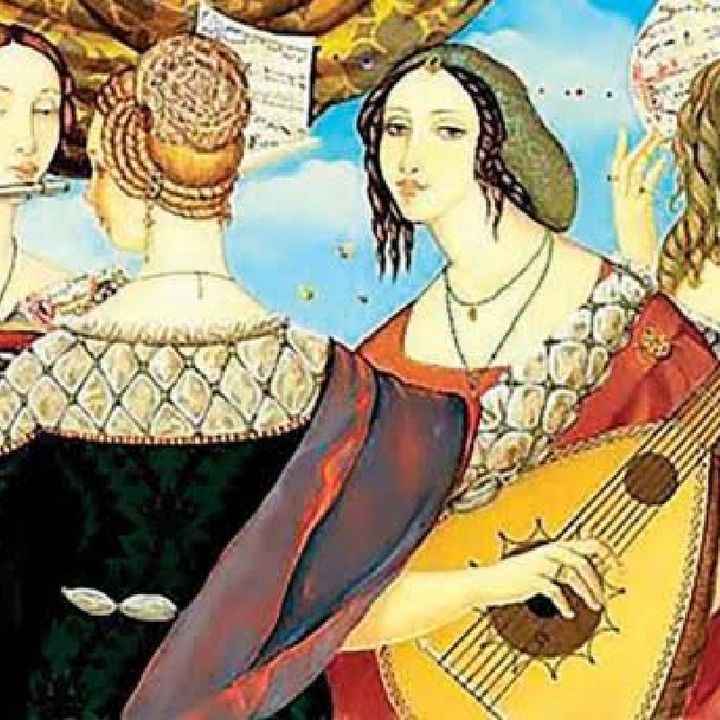
Episódio 4 Beatriz De Dia
Epiphany, also known as the Three Kings Day or Theophany, is a Christian feast celebrated on Jan. 6, which commemorates the visit of the Magi to Jesus Christ. The holiday season hasn't ended just.
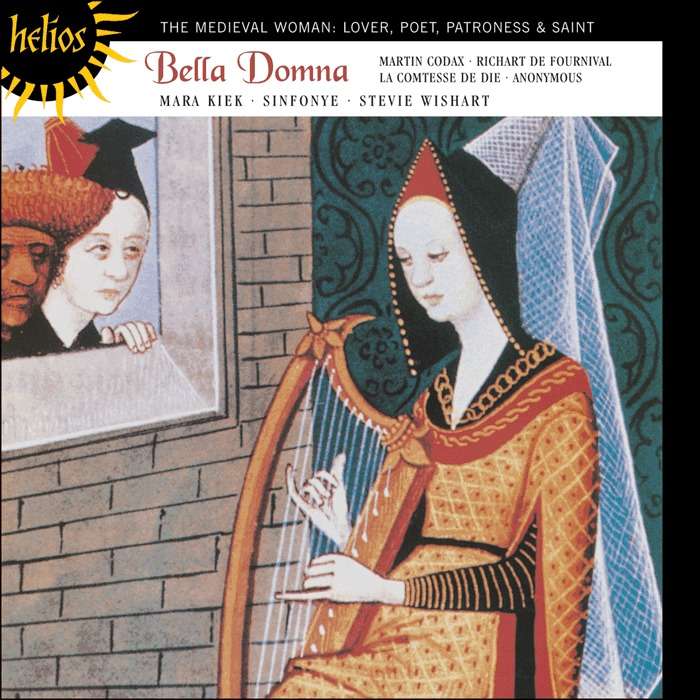
099) 백작부인 베아트리츠 드 디아 Beatritz de Dia, c. 1140c. 1200, 중세시대 프랑스 옥시타니아(Occitan; 프로방스)의
condesa de Día, quizá llamada (ca. 1140 - , 1212) fue la más famosa del grupo de de finales del siglo Considerada «delicadísima poetisa», sus canciones se estiman que constituyen «la manifestación de uno de los más vívidos y delicados temperamentos poéticos de la lírica femenina medieval»,

Pin de Maria Rodoreda Peix en Sentiments Quietud
Beatriz de Día o Condesa de Día, nacida en torno a 1140 y fallecida en Provenza en 1212, fue la más famosa del pequeño grupo de trovadoras que componían música profana en los siglos XII y XIII. Fue hija del Conde Isoardo II de Dia -Drôme- lo cual le permitió una vida fácil dentro de la nobleza.